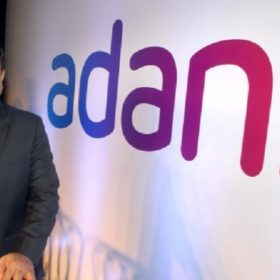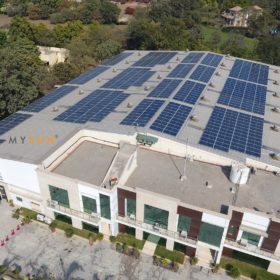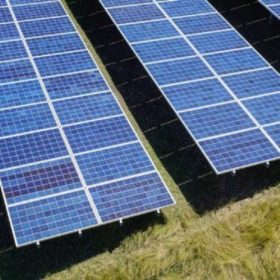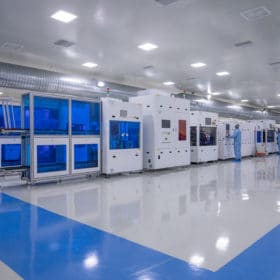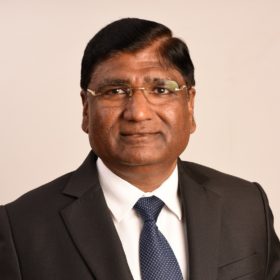Adani Green to buy Essel’s 40 MW solar assets in Odisha
The operating solar assets benefit from a long-term power purchase agreement (PPA) with the Solar Energy Corporation of India (SECI) at an INR 4.235/kWh tariff. The remaining PPA life is 22 years.
Scaling finance could drive MSME rooftop solar
Rooftop solar growth in India has so far largely been driven by a few large creditworthy organizations in the commercial and industrial sector. However, if accessible financing options are made available, growth can also be replicated in micro, small and medium-sized enterprises (MSMEs) as well, says a new report.
KKR-backed Virescent Infrastructure raises US$62 million
Mumbai-headquartered Virescent Infrastructure, set up by US investor KKR to own and operate renewable energy assets in India, has raised INR 4.6 billion (US$62 million) through its renewable energy-focused infrastructure investment trust (InvIT). Canada’s Alberta Investment Management Corporation (AIMCo) led the funding.
628 MW of open-access solar installed in 1H 2021
India’s open-access solar installations in the first half of 2021 were 1,230% up from 47 MW installed in 1H 2020. Uttar Pradesh led the installations, followed by Maharashtra and Tamil Nadu.
First Solar CEO meets India’s prime minister
The Indian government has created a strong balance between industrial policy as well as trade policy, which provides companies like First Solar an ideal opportunity to establish their manufacturing facilities in India, according to First Solar chief executive officer Mark Widmar.
SJVN to develop 1 GW solar under CPSU Phase II
The State-owned hydropower producer has landed one-fifth of the 5 GW grid-connected solar capacity tendered under the second phase of the Central Public Sector Undertaking (CPSU) Scheme. It won the project by quoting a viability gap funding (VGF) requirement of INR 44.72 lakh per MW.
Adani and Reliance to set up solar gigafabs under PLI Scheme
Adani and Reliance New Energy, along with Jindal India Solar and Shirdi Sai Electricals, are the top scorers in the shortlist released for the production-linked incentives (PLI) scheme for high-efficiency module manufacturing. The list also includes 14 other companies vying for the incentives. The PLI requirement quoted by the shortlisted applicants will decide the beneficiaries.
Premier Energies raises INR 200 crore from GEF Capital
The Indian solar manufacturer currently has 750 MW of cell and module factory in Hyderabad and plans to more than triple this capacity with the addition of 2 GW mono PERC. The capacity augmentation is planned over the next two years with an investment of INR 1,200 crore. The equity capital from GEF will support the expansion.
UltraTech Cement to switch to 100% renewable power by 2050
The US$ 5.9-billion building solutions manufacturer aims to increase the share of green energy to 34% of its total power requirement by 2024, and further to 100% by 2050, from the current levels of 13%.
A circular economy can support India’s push for clean energy and self-reliance
Recovering valuable raw materials from end-of-life solar panels and batteries presents a great opportunity for India to secure their future availability as the nation chases its ambitious renewable energy targets.

